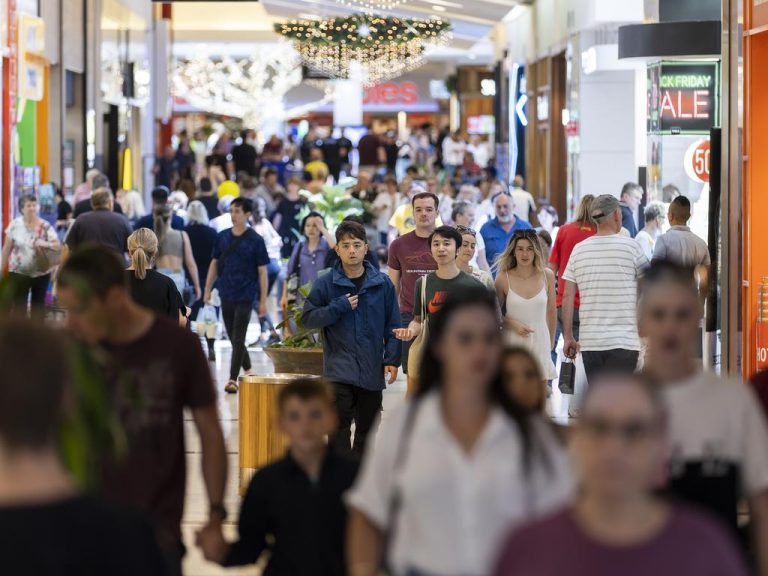Think small, sell big: The micro-retail wave hitting Australia
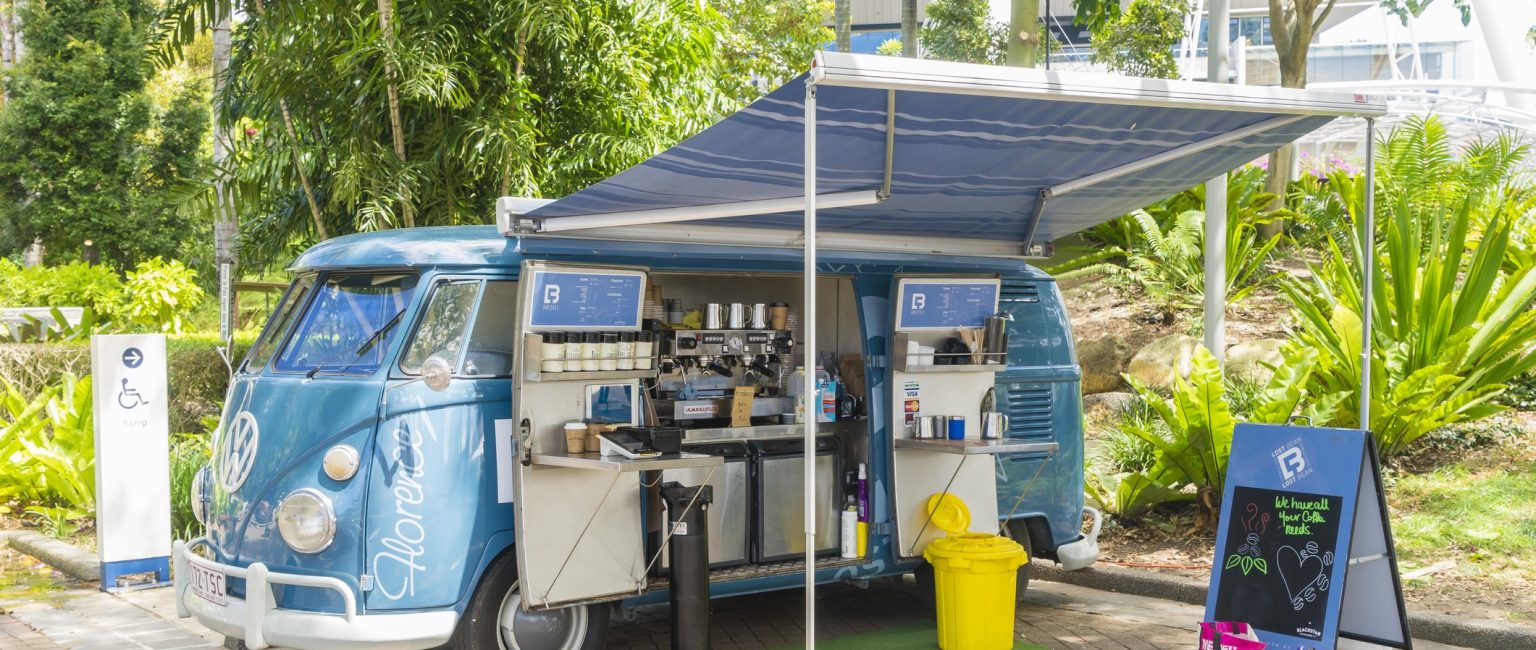
Forget the old-school dominance of sprawling, multi-level storefronts, a nimble and increasingly influential retail movement is underway — and it’s all about thinking small.
From fleeting pop-up shops injecting buzz into urban nooks and sleek kiosks offering on-the-go convenience, to humble shipping containers repurposed into characterful boutiques and quirky little eateries, ‘micro-retail’ is gaining serious traction across Australia.
But this isn’t just a niche or fleeting trend, it’s a now a tangible force reshaping how Aussie businesses approach physical space and how consumers engage with brands.
“The micro-retail trend has increased due to various factors,” explained chief economist and head of national research at PRD Real Estate, Dr Diaswati Mardiasmo. “However the two key ones being the cost of renting or leasing for businesses, and the consumer behaviour of both buying less and choosing to purchase online, as opposed to at a physical store.”
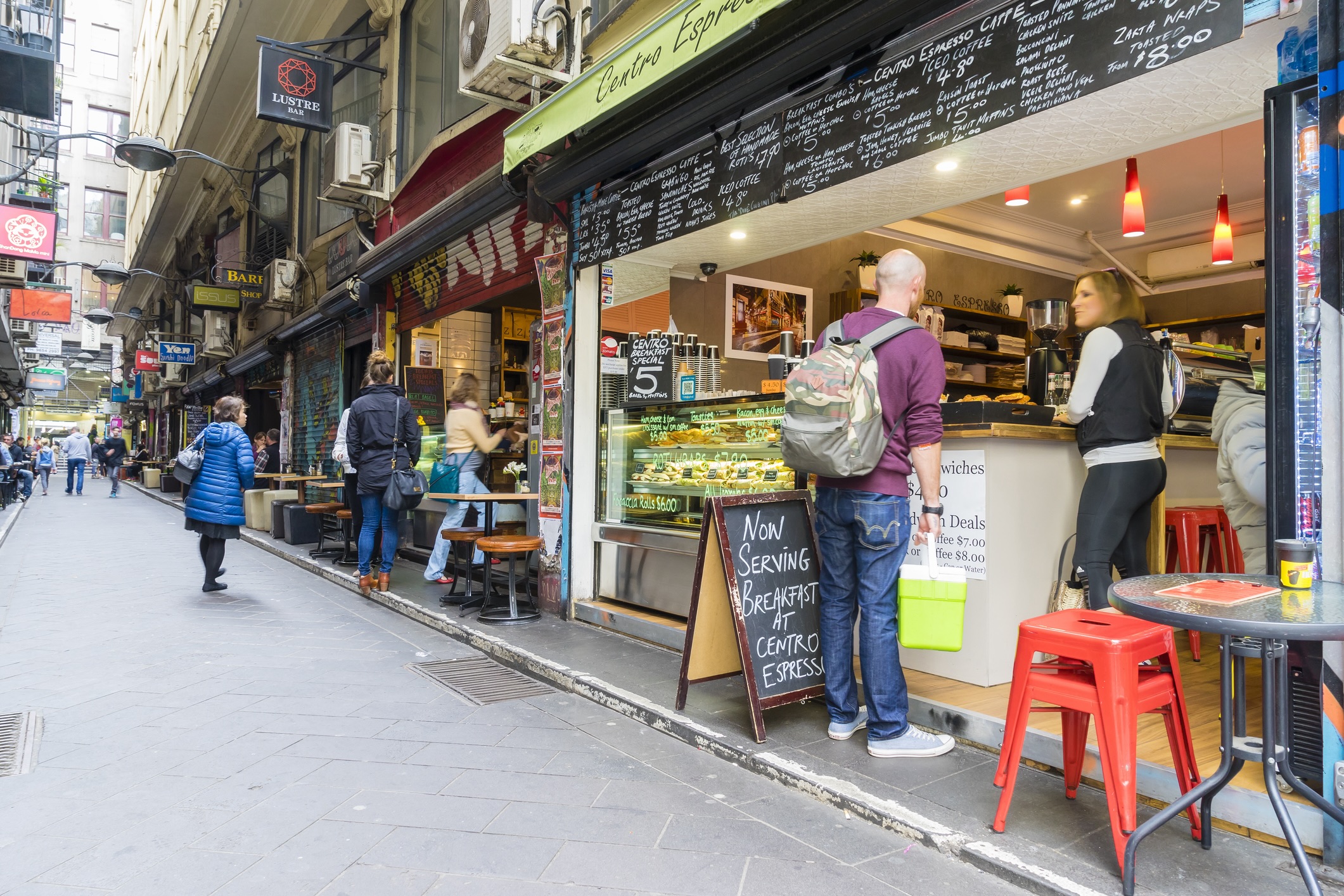
Melbourne, Australia – September 5, 2015: People buying food in cafes in Centre Place in Melbourne. Centre Place is one of the famous city laneways with cafes and bars in Melbourne.
It’s a statement echoed by general manager of JMK Retail, Vicki Leavy, who has spent more than 40 years working at the forefront of retail, including shopping centre development, leasing, centre management, retail precinct activation.
“The rise of micro retail in Australia is the result of multiple intersecting forces,” said Miss Leavy. “Commercial rents are continuing to rise, particularly in prime locations, putting pressure on small businesses. At the same time, we are seeing a shift in consumer behaviour, whereby shoppers want more intimate, personalised, convenient and experiential retail experiences. Combine this with an increase in vacant shops and under-utilised spaces across city centres, and the market is ripe for a more flexible retail model.”
The rent reality bites
Once bustling hives of commerce, many commercial spaces now stand partially or entirely vacant increasingly thanks to the crippling pinch of rising commercial rents, particularly in highly coveted inner-city locations.
“There is no doubt that rising rents are one of the biggest pressures facing small retailers today, particularly in city centres,” commented Miss Leavy. “In high demand locations, the cost of traditional retail leases can be prohibitive.
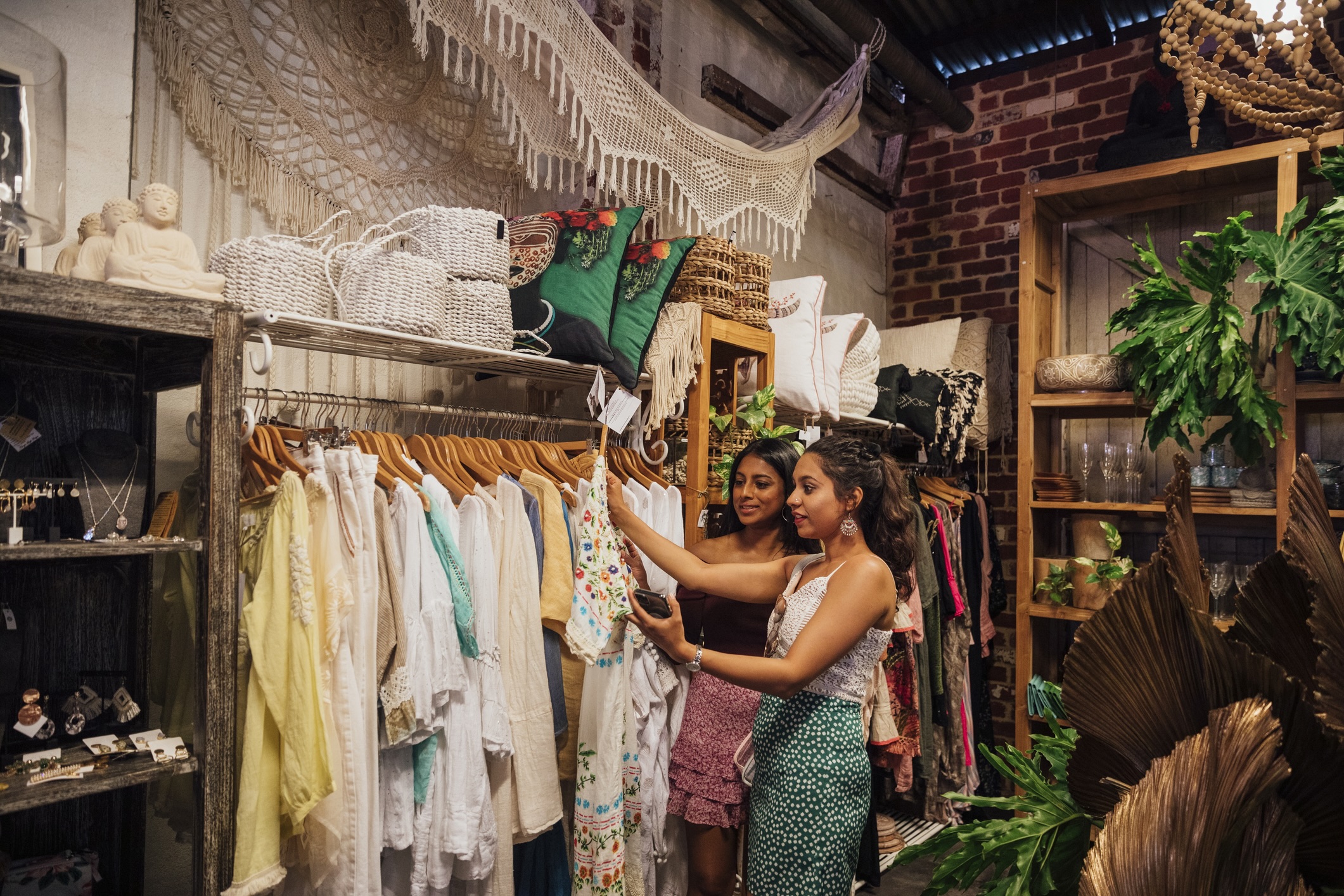
Micro-retail offers a more financially viable pathway for entrepreneurs. Picture: Getty
“Micro-retail offers a more accessible alternative. It gives business owners the ability to establish a presence in a sought after location without overcommitting on space or long term financial contracts. It reduces risk and allows entrepreneurs to operate in areas that may otherwise have been out of reach.”
In short: micro-retail offers a more financially viable pathway for entrepreneurs to establish a physical presence without the crippling costs associated with traditional long-term leases and expansive spaces.
“Overall the cost of renting a retail space has increased,” said Dr Mardiasmo. “For CBD retail in Sydney, for example, the average gross face rent at the low end is $2,685 per square-metre and $22,550 on the high end. In Melbourne, its $3,505 on the low end and $9,408 on the high end. Commercial retail tenants must also be aware of outgoings such as property management fees, insurance, and maintenance costs. This has led many businesses, especially smaller and start-up businesses to see leasing costs as no longer being financially viable.”
Pop-up power
Mirroring the current surge in office-to-residential conversions, this need to adapt to a shifting market has heralded a widespread boom of ‘pop up’ spaces across Australia’s retail landscape.
Both fast and cost effective, pop ups allow retailers the flexibility to test a new product line, explore a different market or tap into a seasonal event, pop ups allow them to do so without a large financial or long term commitment. For customers, it creates a sense of excitement and urgency – the idea that you are experiencing something that might only be around for a short time. That energy is great for brand building and for generating foot traffic.
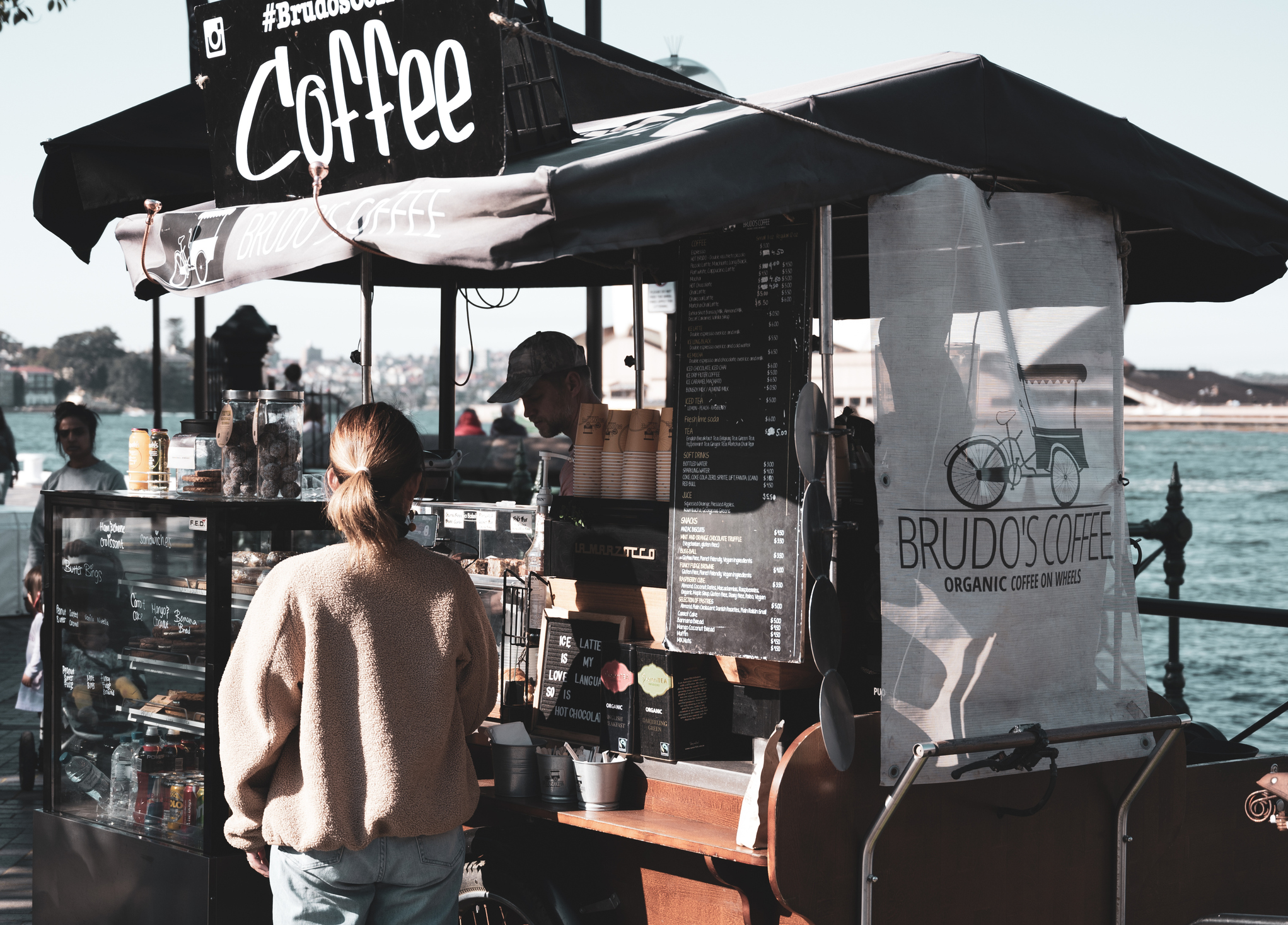
A coffee Kiosk near Sydney Opera House. Picture: Getty
“Businesses might be more interested in pop-up shops because there’s not a commitment to a long term lease,” explained Dr Mardiasmo. “A pop up allows you to make a brick-and-mortar retail debut, bridge the gap between online and offline, validate the potential of a particular area, neighbourhood, product type or service, all while benefiting from greater adaptability.
“We are also seeing an increase in pop-up shops not only because it makes business sense, but because there is the ‘cool factor’ – it is seen to be cool to go to a pop-up shop and a pop-up shop is not always going to be there. So, you have the chance of owning something that is not widely available to the public”
The evolution of kiosks
A familiar sight in Australian shopping centres and transport hubs, kiosks also offer a compact and efficient way for businesses to reach a large, and often transient, customer base. Becoming more sophisticated in recent years, incorporating technology and engaging displays to maximise their impact, kiosks allow brands to gain valuable access to prime, high-traffic areas with significantly lower overhead costs compared to establishing and maintaining a traditional, full-sized retail store.

Kiosks also offer a compact and efficient way for businesses to reach a large, and often transient, customer base. Picture: Getty
“Kiosks have long been part of the Australian retail landscape particularly in shopping centres and high foot traffic areas,” commented Miss Leavy. “What is interesting now is the shift in who is using them. We are seeing more premium and artisan brands choosing kiosks to launch or expand, including boutique cafes, beauty brands and curated fashion concepts. These newer generation kiosks are well designed, well branded and highly engaging. They deliver convenience without compromising quality, and they allow retailers to reach consumers in a practical and impactful way.”
Consumers craving connection
Australian consumers, much like global trends suggest, are increasingly seeking engaging shopping experiences. Micro-retail formats often excel in creating these memorable interactions within a smaller footprint.
Think of a local artisan food producer operating a pop up stall at a weekend market offering direct interaction and product knowledge that a larger supermarket might lack. Or a boutique clothing kiosk in a trendy laneway, offering a curated selection and personalised styling advice. These smaller formats can foster a stronger sense of community and brand connection that resonates with Australian shoppers.
“Physical retail is about connection not conversion,” said Damian Madden — a retail and customer experience consultant who has worked on developing consumer strategies for some of the biggest retail brands in the world. “You want people to make a bond with your brand not just purchase and so having the ability to have a space, any space, that can facilitate this is important.
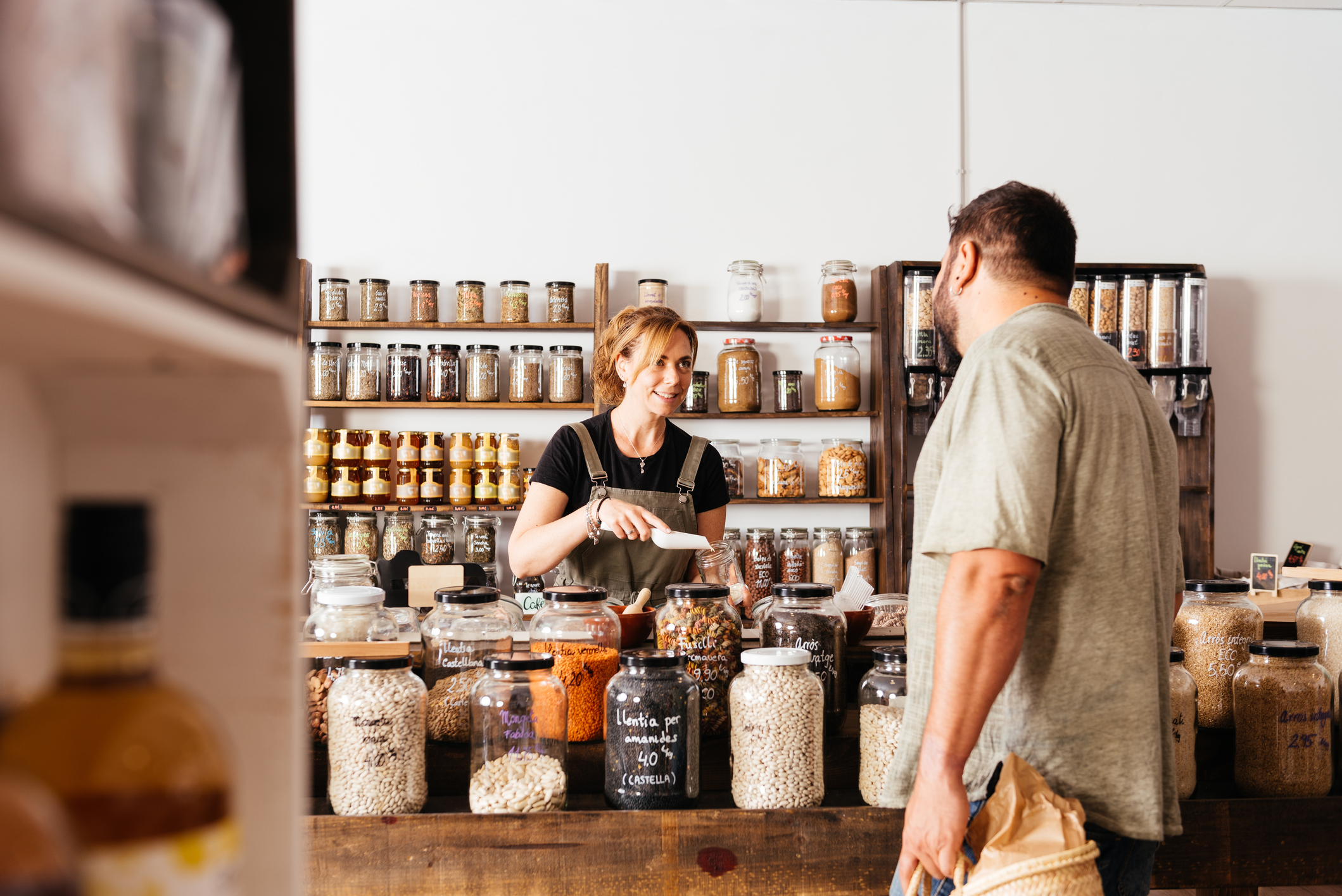
Australian consumers are increasingly seeking engaging shopping experiences. Picture: Getty
“The micro-retail trend has just allowed brands to pivot and lean more into experience as the overheads are often lower and you can focus more on the true reason for retail, which is experience. To allow a consumer to step into your brands world.”
While online retail is obviously dominating spending, these smaller formats can foster a stronger sense of community and brand connection that resonates with Australian shoppers.
“Although online shopping continues to grow there is still a strong desire among Australian consumers for real human connection,” said Miss Leavy. “Micro-retail formats provide this in a powerful way. They create trust, loyalty and a deeper connection with the brand, something that is increasingly valued by today’s consumers.”
Unique over cookie-cutter
In much the same way that innovative architects are creatively and often brilliantly reimagining the often-rigid layouts of former office buildings to create more flexible and appealing residential living spaces, the burgeoning micro-retail boom is also acting as a catalyst for incredibly creative and innovative uses of smaller commercial spaces. The well-worn adage that necessity is indeed the mother of invention holds particularly true where the inherent constraints of limited square footage are inspiring businesses to think outside of traditional retail box.
“I love seeing retailers rise to these creative challenges,” said Mr Madden. “However, this is something they should be doing in any physical retail space, not just a small one. One of the things I always advise brands to do is to consider their overall brand world, to create a true ‘omini-experience’ across multiple touch points, including physical retail. It is what consumers want.”
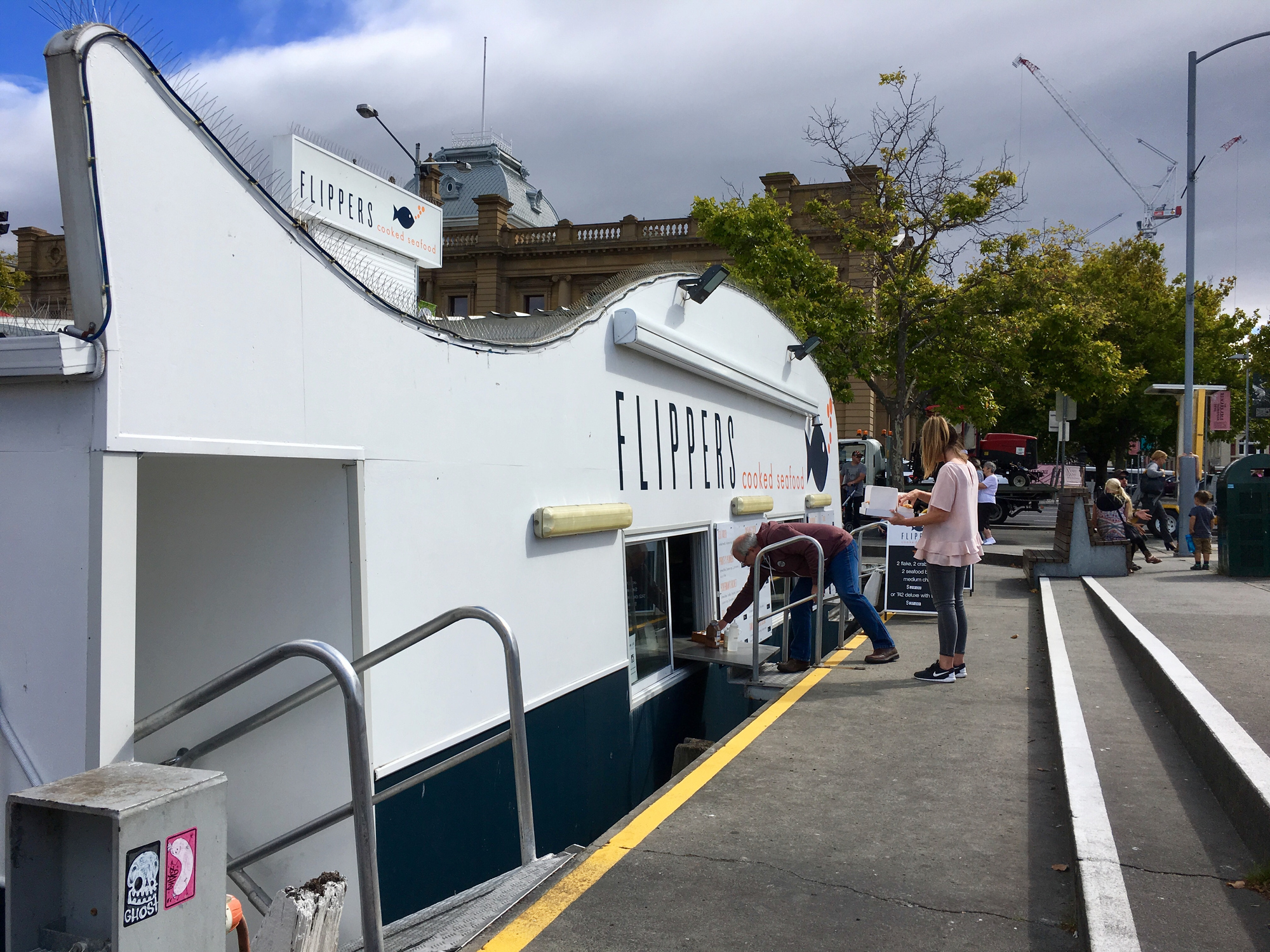
Repurposed shipping containers transformed into cafes, boutique stores, and even art galleries, offer a sustainable and visually interesting alternative to traditional retail spaces. Picture: Getty
“This micro-retail trend has just allowed brands to pivot and lean more into experience as the overheads are often lower and you can focus more on the true reason for retail, which is experience. To allow a consumer to step into your brand’s world. Yes this is a challenge but if the experience is unique enough people will find it and having an interesting or harder to find location can work to the store’s benefit.”
Repurposed shipping containers, for example, transformed into cool cafes, boutique stores, and even art galleries, offer a sustainable and visually interesting alternative to traditional retail spaces.
“We are in an era where customers want something different, unique, special, out of the ordinary, not just cookie-cutter,” said Dr Mardiasmo. “They want it to be Instagram-able and to be able to share their unique shopping experience.”
Challenges for micro retailers
While the benefits of micro-retail are evident, these businesses can also face unique challenges. Visibility remains crucial, especially for small stores in less obvious locations. While a successful micro-retail concept might thrive in a major city, expanding to other states or regions can present logistical and financial hurdles.
“One of the biggest challenges for micro-retailers is visibility,” said Miss Leavy. “If a pop up or kiosk is not located in a high traffic area or lacks obvious signage, it can be hard to get attention. That is why strong marketing is so important. Social media, partnerships with local events and consistent branding all help drive awareness and foot traffic. Another challenge is scale — small spaces mean retailers need to be strategic with inventory and layout, ensuring the experience is streamlined and impactful.”
The future of micro retail in Australia
Despite these challenges, micro-retail is firmly taking root. Driven by economic realities, evolving consumer preferences, and a surge of entrepreneurial creativity, small-format retail is proving to be a powerful force in the commercial property landscape.
“Micro retail is not a passing phase,” said Miss Leavy. “It is a powerful movement that is reshaping the future of Australian retail. It is changing the way landlords activate their spaces, the way businesses connect with customers and the way consumers experience shopping.
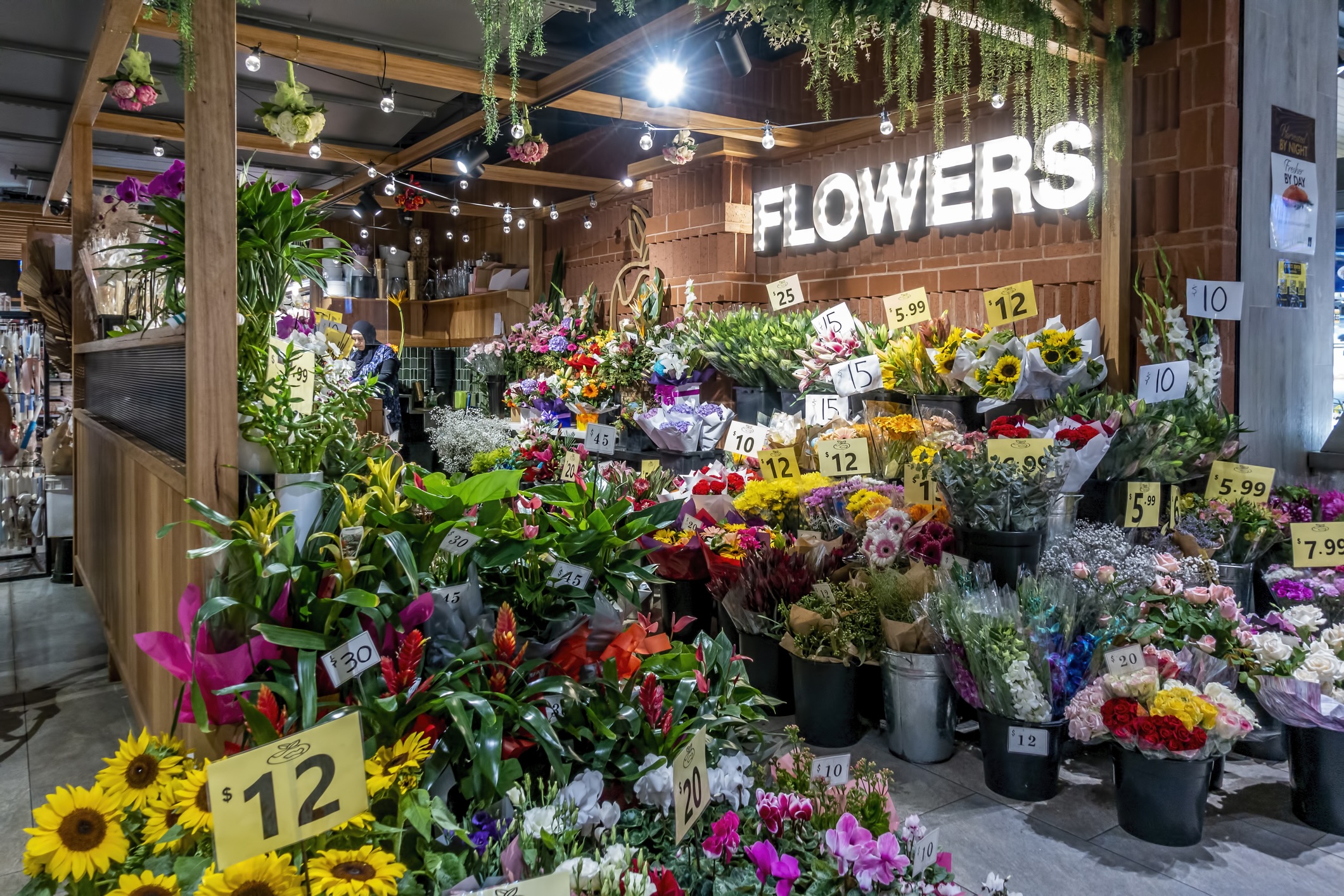
Small-format retail is proving to be a powerful force in the commercial property landscape. Picture: Getty
“The future of retail will be smaller, more agile and more focused on connection and creativity. As commercial realities shift and shoppers continue to seek deeper, more meaningful engagement with the brands they support, micro retail will play an even greater role in how retail precincts are shaped and how brands grow. That is not to say that large format retailers won’t continue to thrive, they absolutely will, however, they will sit alongside smaller retailers who will learn to do more with less.”
Offering a smart, adaptable response to all of these challenges, both established players and startups are clearly getting in on the act proving that, in the ever-evolving world of modern retail, making a real impact doesn’t always require a sizeable square footage.
“I think it will be smaller, especially in Australia,” said Mr Madden of his predictions for micro-retail. “I also think it will be more creative, which is a great thing. Will it reach the heights of some of the retail powerhouses like Korea or China? That’s still to be seen, but I’m seeing some really creative uses of space that give me hope!


